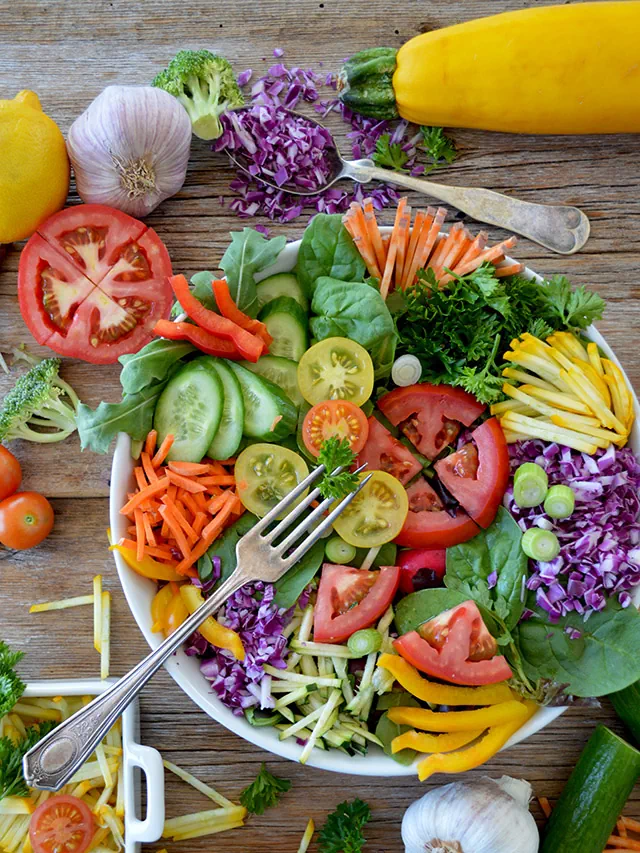High-density lipoprotein (HDL) cholesterol, also known as “good” cholesterol, helps to remove low-density lipoprotein (LDL) cholesterol, or “bad” cholesterol, from the bloodstream. Ghee, like other types of saturated fats, has been found to increase levels of HDL cholesterol.
It’s also important to consider the overall diet and lifestyle when evaluating the potential risks and benefits of consuming ghee. A diet high in fruits, vegetables, whole grains, and lean protein sources, combined with regular physical activity and not smoking, can help to reduce the risk of heart disease even if some saturated fats are included.
It’s also worth noting that people with certain medical conditions or at high risk of heart disease may need to limit their intake of saturated fats and cholesterol, even if they come from natural sources like ghee. It’s always best to consult with a healthcare professional or a registered dietitian to determine the best dietary choices for your specific needs.
In summary, Ghee is high in cholesterol and saturated fat, and consuming it in large amounts can increase the risk of heart disease. However, it can still be included in a healthy diet if consumed in moderation, paired with a balanced diet and regular physical activity. It is also a good source of essential fatty acids and fat-soluble vitamins. It’s always best to consult with a healthcare professional or a registered dietitian to determine the best dietary choices for your specific needs.
It’s also important to note that ghee is used in Ayurvedic medicine as a form of treatment for a variety of conditions, including digestive disorders, skin conditions, and respiratory issues. According to Ayurveda, ghee is considered to be a tridoshic food, meaning that it is beneficial for all three doshas or body types. Ghee is believed to be nourishing and strengthening, and it is said to help to improve the absorption of nutrients.
Additionally, in Ayurvedic medicine, ghee is also used as a form of lubrication for the body, both internally and externally. It is used to lubricate the joints and to nourish the skin, hair, and nails. It is also used in Ayurvedic massage and for oil pulling.
In conclusion, ghee is high in cholesterol and saturated fat, and consuming it in large amounts can increase the risk of heart disease. However, it can still be included in a healthy diet if consumed in moderation, paired with a balanced diet, regular physical activity and following the recommendations of a healthcare professional or a registered dietitian. Additionally, ghee has many benefits and uses in Ayurvedic medicine, and it is considered to be a tridoshic food, which is beneficial for all three doshas or body types.
Ghee

Ghee, also known as clarified butter, is a staple ingredient in many cuisines worldwide. It is made by heating butter and removing the milk solids and water, which results in a product that is higher in fat and cholesterol than regular butter. Ghee has been used for centuries in Ayurvedic medicine and is considered to have many health benefits. It is a rich source of essential fatty acids and fat-soluble vitamins such as A, D, E and K, which are beneficial for health. Ghee is also considered a good oil for high heat cooking as it has a high smoke point of 485°F. However, it is high in cholesterol and saturated fat, and consuming it in large amounts can increase the risk of heart disease, and thus, it should be consumed in moderation.
In addition to its culinary and medicinal uses, ghee is also valued for its traditional and cultural significance. In many cultures, it is considered to be a symbol of purity and is often used in religious ceremonies and rituals. In Indian cuisine, ghee is used as an ingredient in many dishes, from curries and dals, to sweets and desserts. It is also used in Ayurvedic cooking as it is believed to be easily digestible and to promote overall health and well-being.
Ghee is also commonly used in other cuisines around the world, such as Middle Eastern and Persian cuisines, where it is used as a cooking oil and as a spread on bread. In some cultures, it is also used as a natural remedy for various ailments, including burns and skin conditions.
It’s worth noting that while ghee is high in saturated fat and cholesterol, it is also a rich source of beneficial fatty acids such as conjugated linoleic acid (CLA) and butyrate, which have been shown to have anti-inflammatory properties and may help to improve gut health.
In conclusion, Ghee is a versatile and traditional ingredient that has been used for centuries for its culinary, medicinal and cultural significance. It is high in cholesterol and saturated fat, and consuming it in large amounts can increase the risk of heart disease. However, it can still be included in a healthy diet if consumed in moderation, paired with a balanced diet and regular physical activity, and following the recommendations of a healthcare professional or a registered dietitian. Ghee is also a good source of essential fatty acids and fat-soluble vitamins, and it has many benefits in Ayurvedic medicine.



